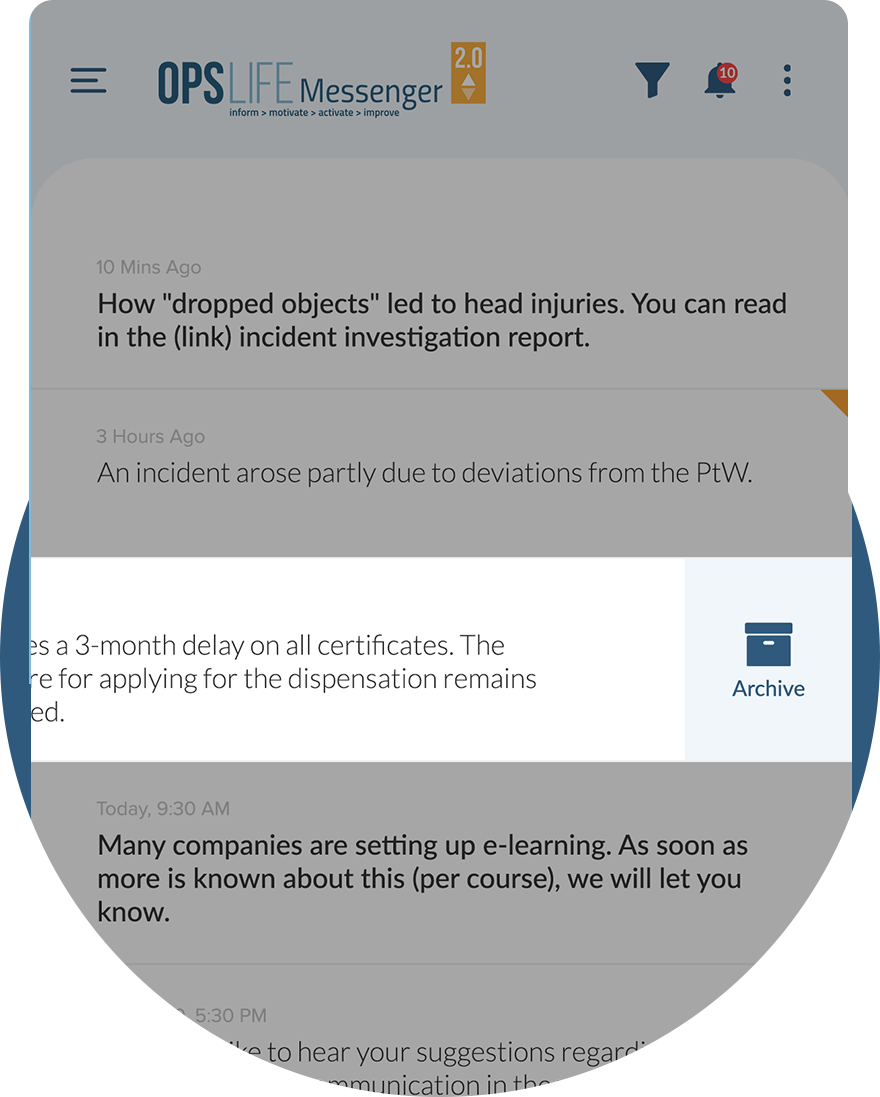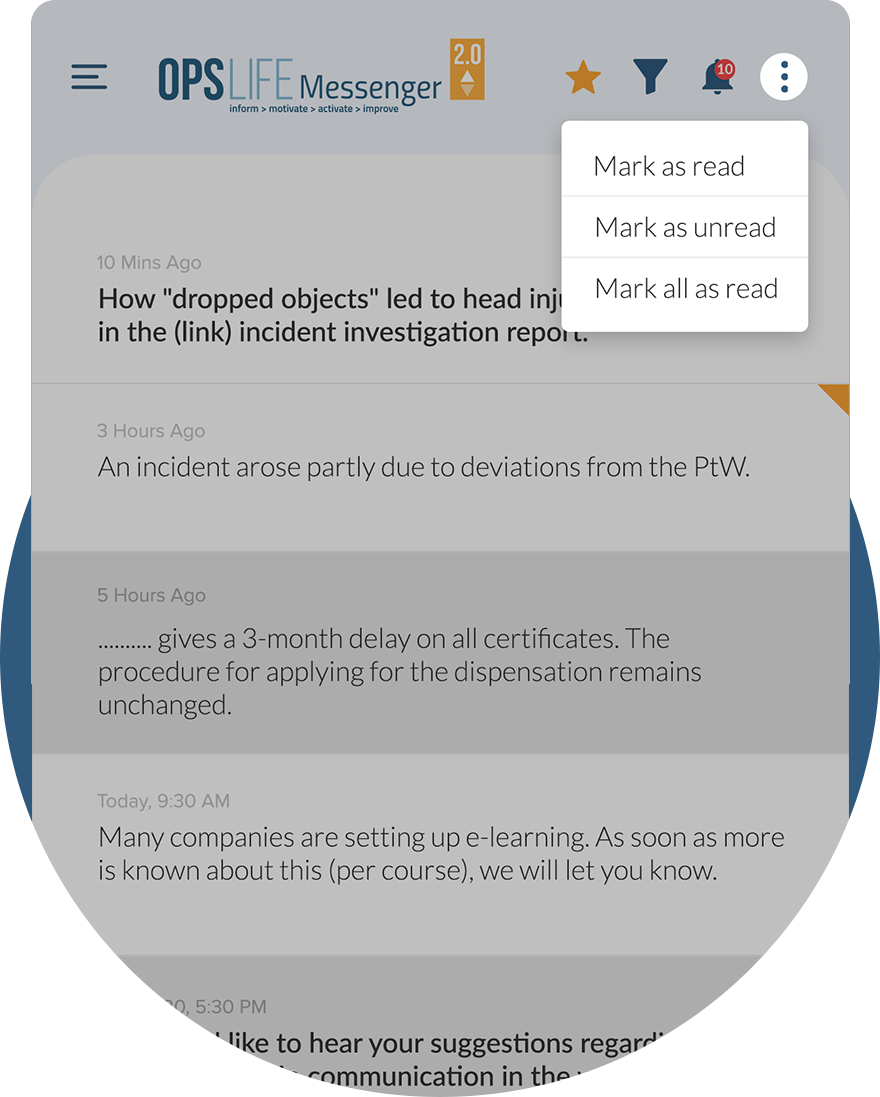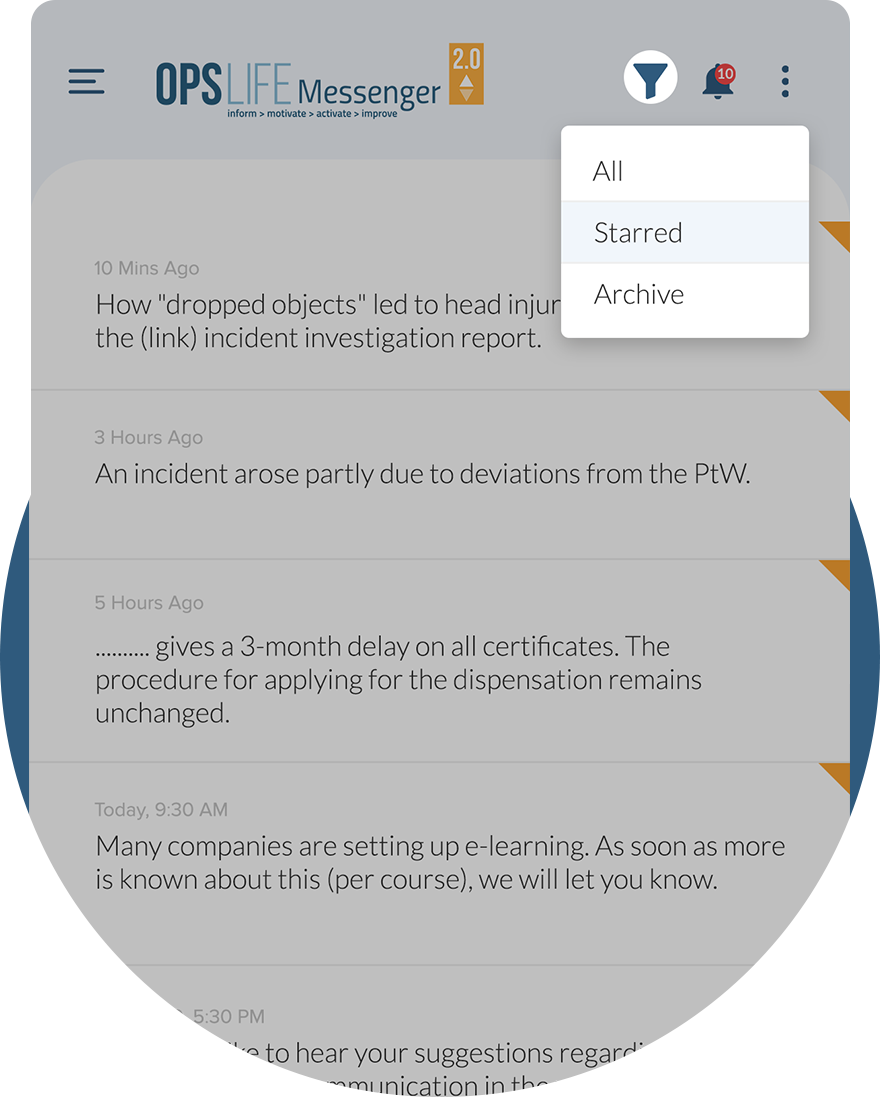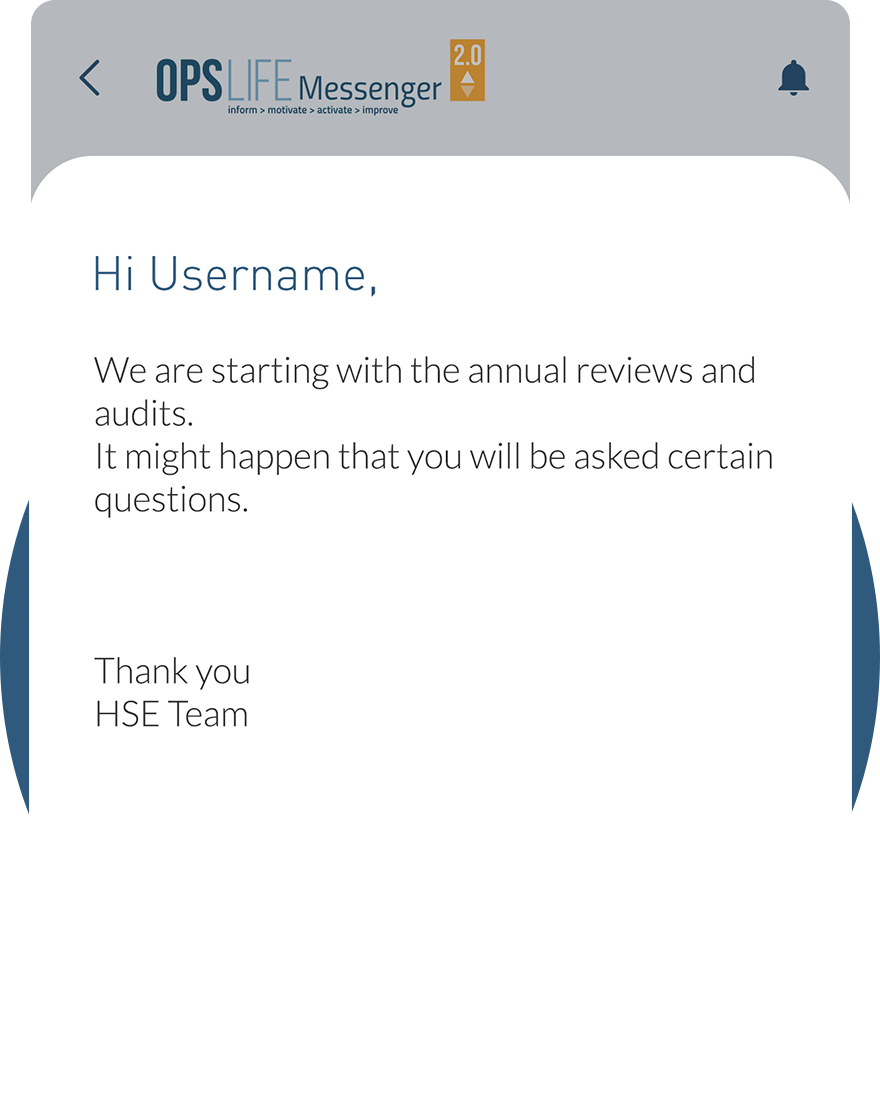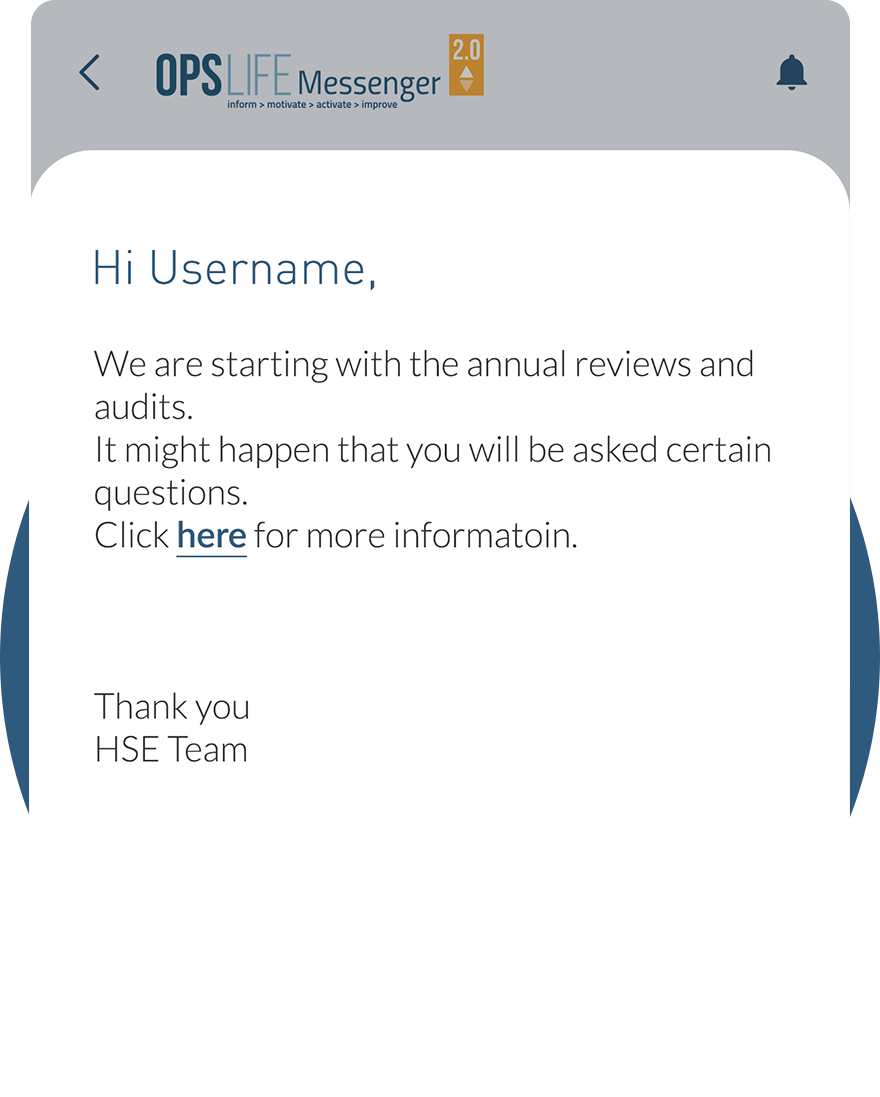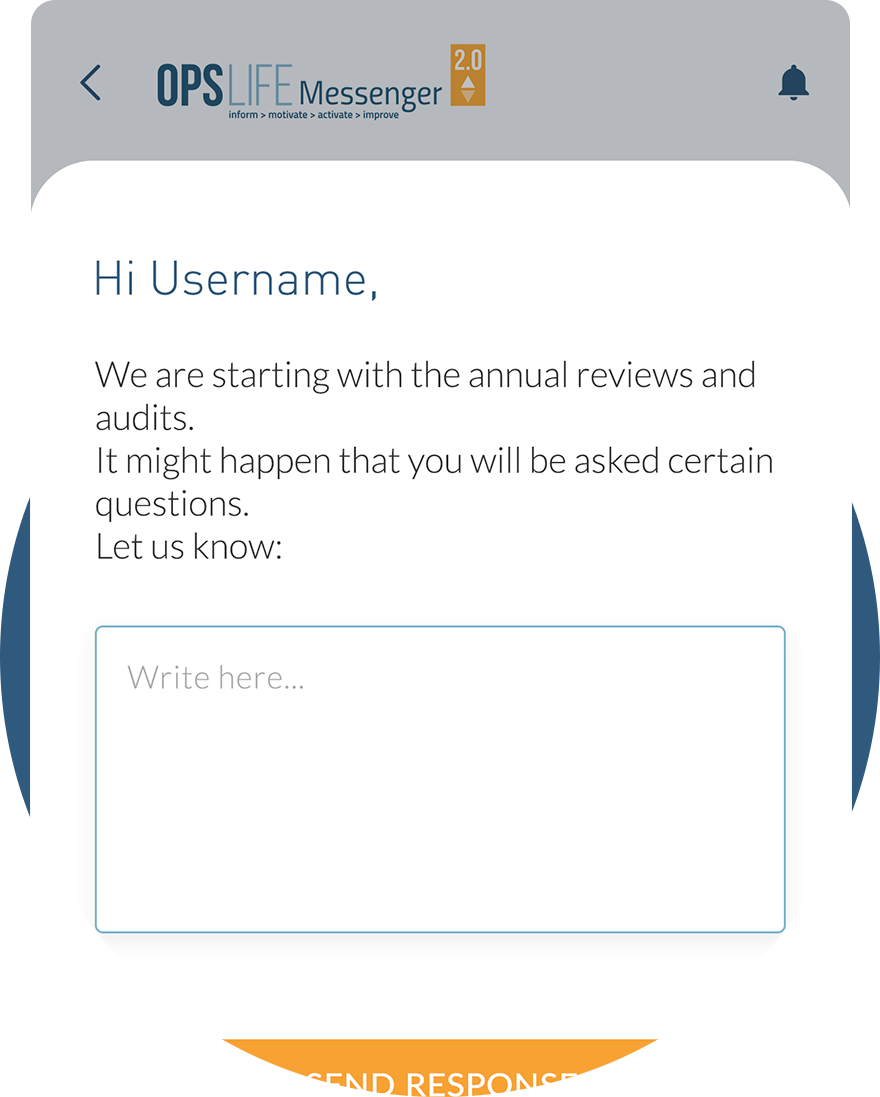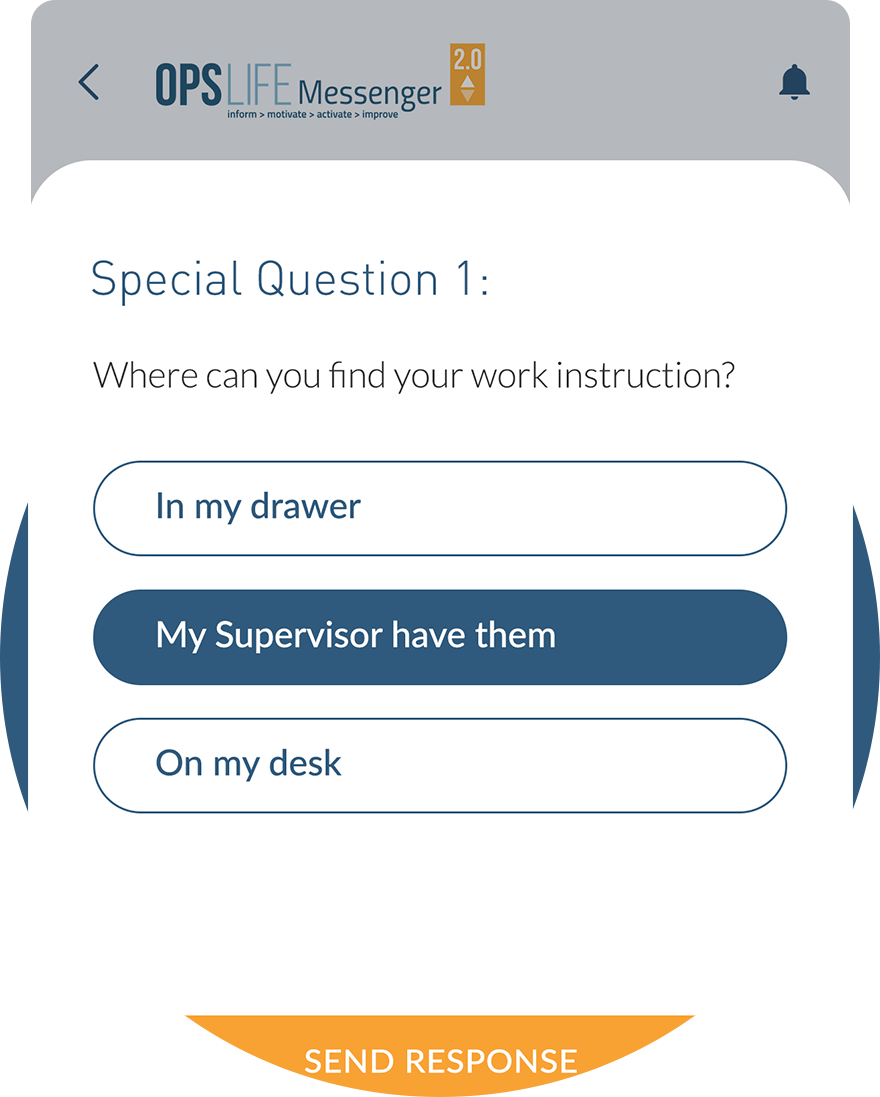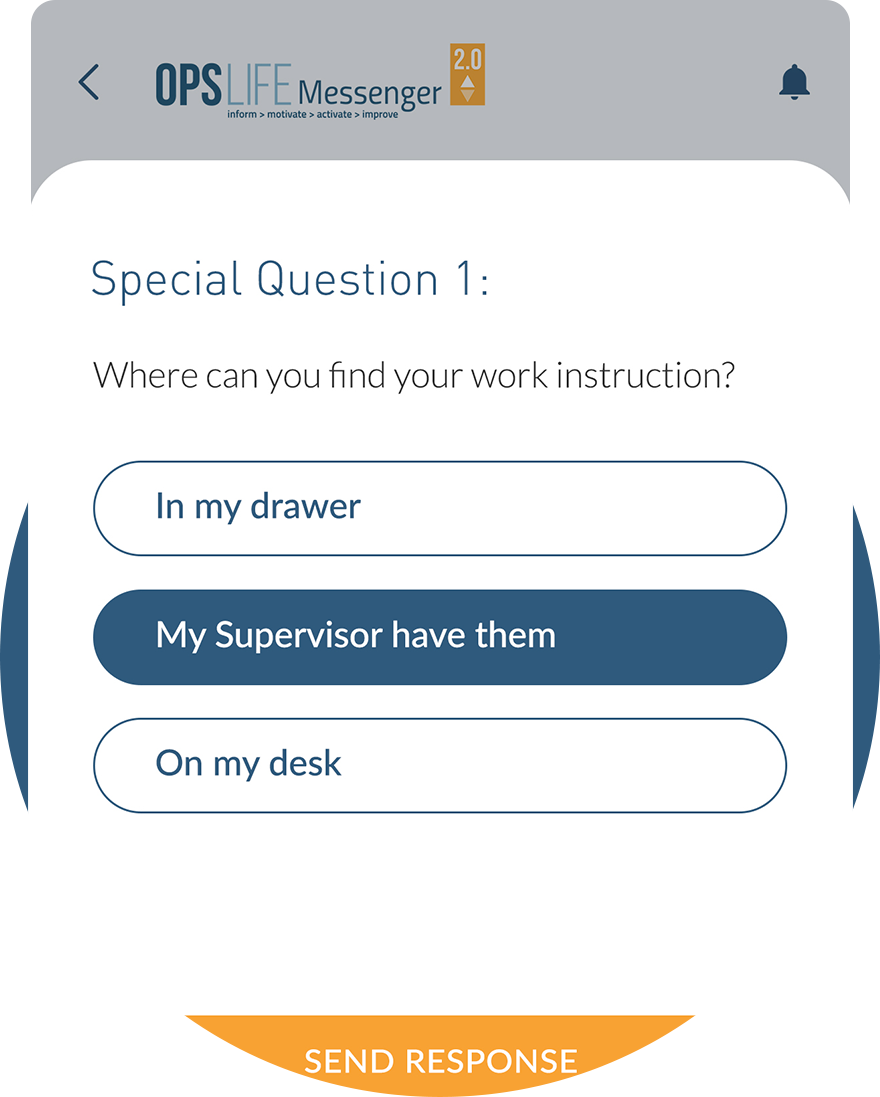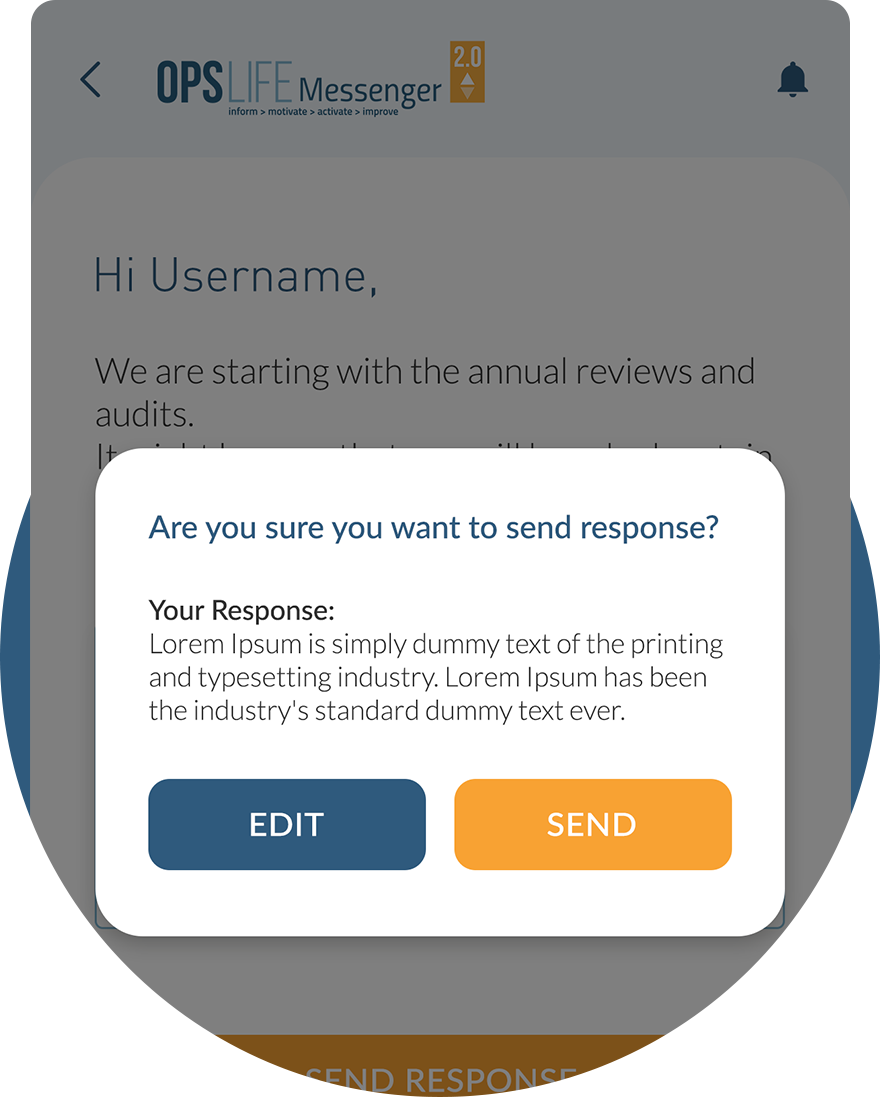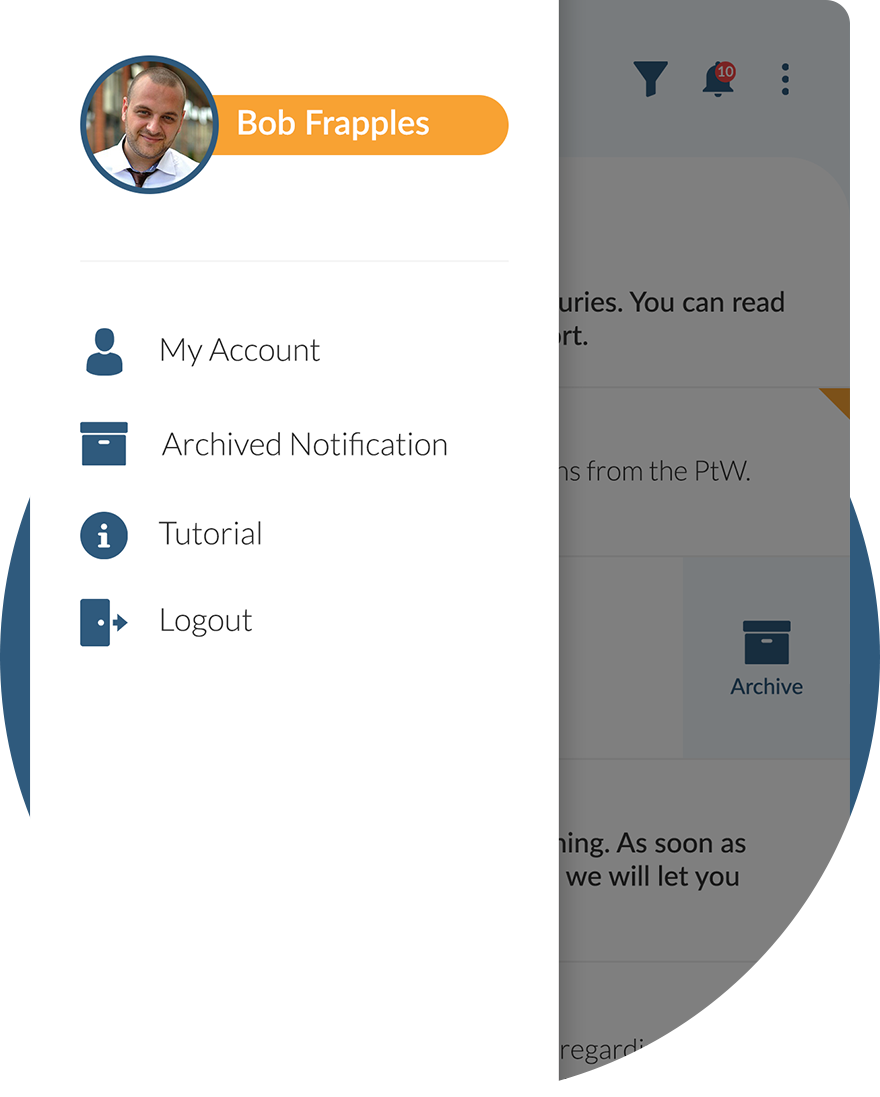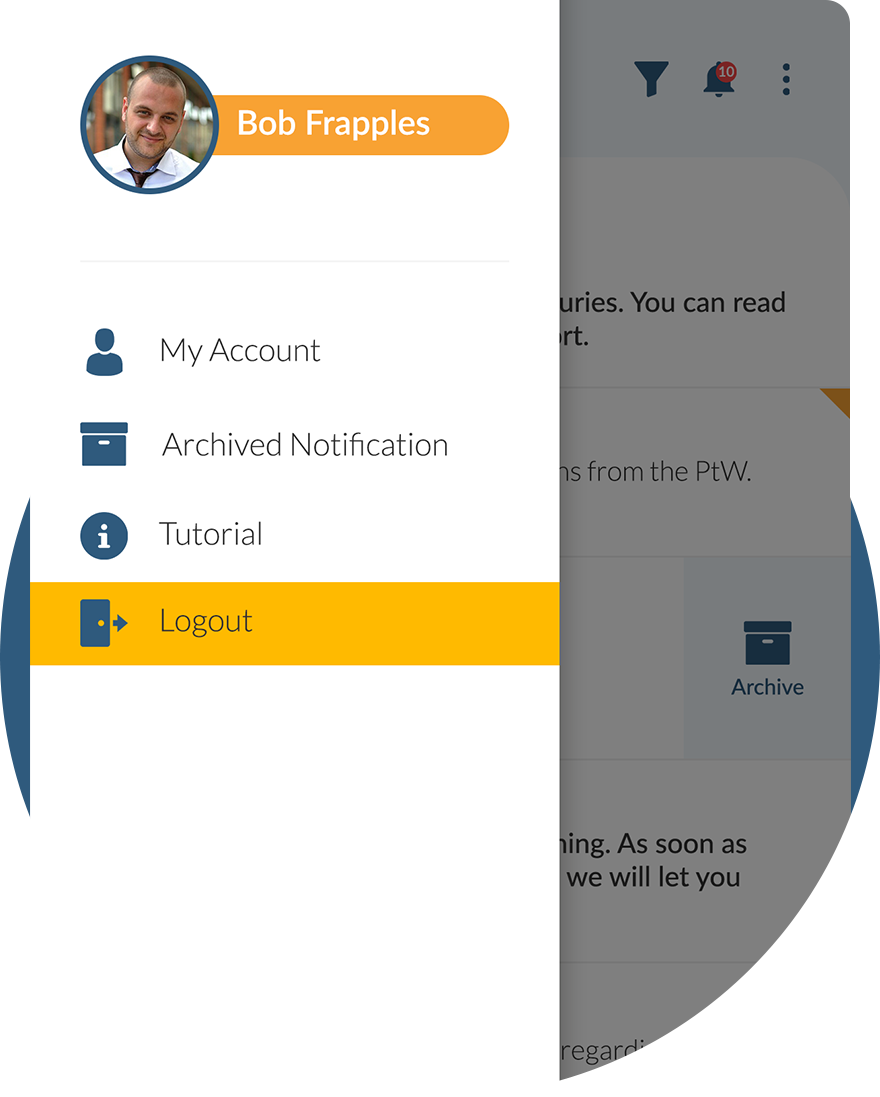Basic HSE information about Hoisting and lifting and set of tools to be used at work.
Hoisting and lifting
- Workplace Information
- Toolbox Information
- Check Your Knowledge
- Action Focus Campaign
IMPORTANT INFORMATION
HOISTING AND LIFTING EQUIPMENT
Ask your company about:
- which hoisting and lifting equipment you should use
- color coding and inspection status of the hoisting and lifting equipment
- the working load and the working load limit or safe working load
- Follow the lifting plan.
- Ensure everyone involved is qualified, authorized and competent.
- Inspect the hoisting/lifting equipment and materials, ensuring that the correct color code is displayed.
- The Person in Charge of the hoist is known and communicated to all involved.
- The correct materials and hoisting tools are used.
WHAT IS IT?
Hoisting and lifting: vertically transporting a load.
Hoisting: the load is freely suspended.
Lifting: the load is raised through a fixed ‘route’.
HAZARDS
Every situation is different, so be aware of:
- a different or changed working environment
- different or changed weather conditions
- different cranes (from a crane-hiring company)
- a different hoisting and lifting team
PREVENTION
All hoisting and lifting work involves an increased risk of personal injury or damage. There is more to safe hoisting and lifting than just knowing the correct techniques and using the correct tools and materials. It also involves training and experience. Only then can you make an accurate assessment in advance of the risks involved and ensure that the work is carried out safely.
Ask your company about measures before you start work and during the work. Questions that you should ask include:
- who is responsible for ensuring safety during hoisting and lifting?
- is everyone involved familiar with the rules, procedures and hazards?
- is the work routine or non-routine and what defines the differences?
- is there a hoisting plan?
- are tag lines required?
PROTECTION
- use the correct materials and hoisting tools; ask your company for more information about this
- apply the correct techniques
- ensure the best possible visibility in the workplace
- ensure maximum contact and communication with all parties involved
IN CASE OF...
Any incident that occurs during work can have severe impact on people, installations and the environment. Make sure that you are familiar with the right procedure in case incidents happen. If not, ask your company for further information.
Start your daily work with safety!
Onscreen presentation is very useful to use during work preparation or toolbox meetings. It provides short and concrete information. Five questions and answers at the end of presentation can be used to make the meeting more interactive and to give conversation a boost.
Be always prepared for the work!
It is of utmost importance to be well prepared before you start the work.
By clicking on the button below you can check your knowledge about this HSEQ subject.
After completion of the knowledge check, your certificate will be visible in
MY ACCOUNT > My training.
